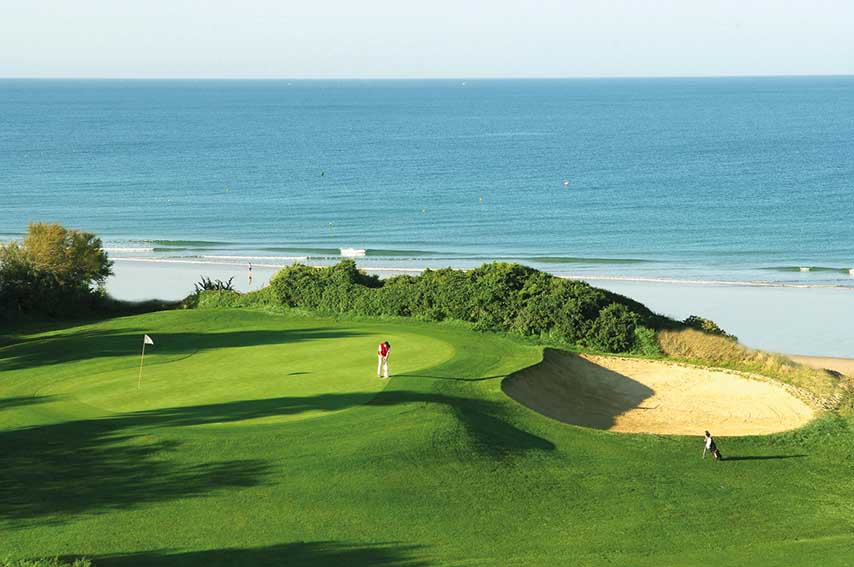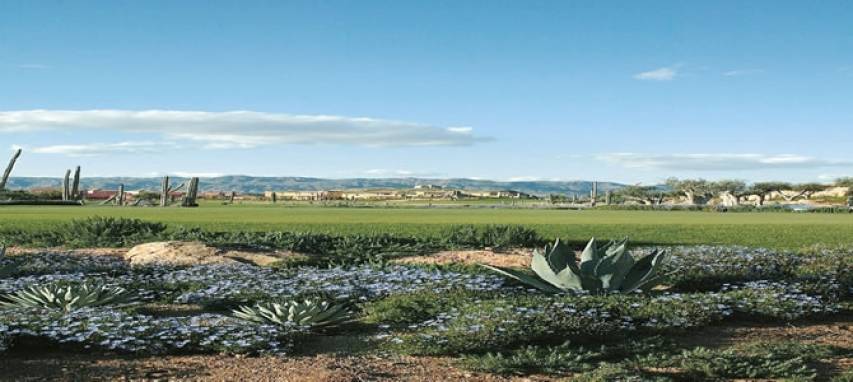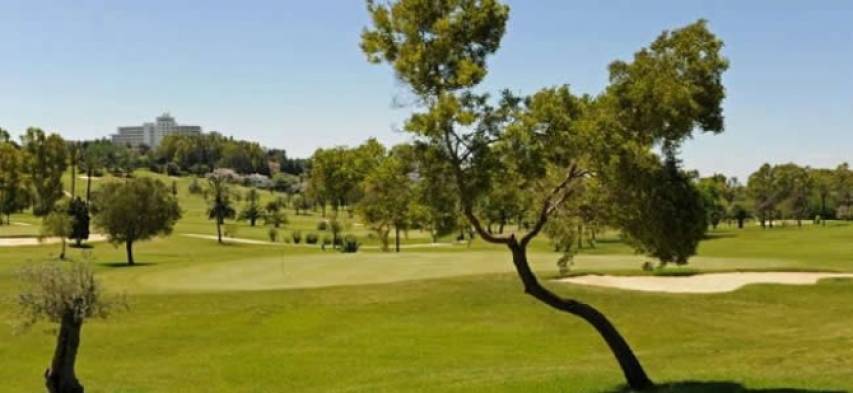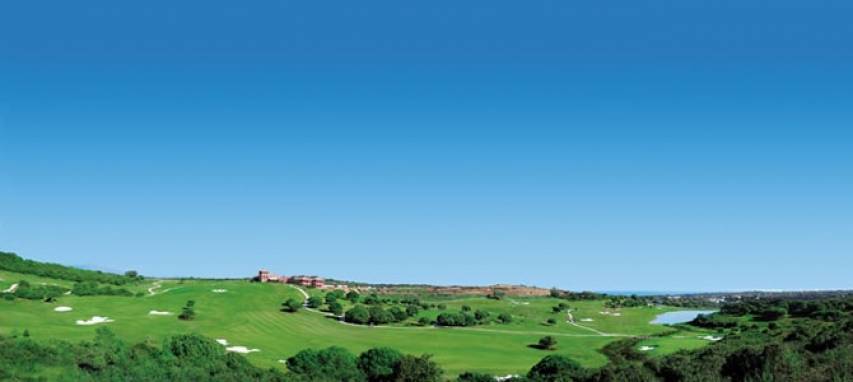Thanks to the vision of leading businessman Jaime Moll and town mayor José de Mier, three decades ago a pacesetting project was initiated that would eventually transform the Cadíz Costa de la Luz into one of the premier golf tourism destinations in Spain and Europe: Novo Sancti Petri.
 WEB.jpg)
At the time, in the early 1990s, nobody could have imagined that those lands in Chiclana municipality, with no buildings next to the sea, would eventually become the impressive reality that they are today: a four million square metre resort with more than 14,000 accommodation units, top-class hotels (10 four-star and two five-star luxury establishments), tourist apartments, residential, commercial, sports and leisure areas, an exceptional beach and superb golf, with half a dozen courses led by Royal Iberostar Novo Sancti Petri Golf Club.
 WEB.jpg)
On 12 December 1990, during a ceremony attended by Don Juan de Borbón (the current king's grandfather), Severiano Ballesteros inaugurated the course that he himself had designed – his first in Europe.
A few months later, on 1 May 1991, the first hotel in Novo Sancti Petri was inaugurated, now called Iberostar Royal Andalus – and eventually numerous other hotel and golf course inaugurations would follow.
Novo Sancti Petri opened with 27 holes, and an additional nine were added in 2001, making two 18-hole courses. In 2015, the club received “Royal” status awarded by the King’s Household.
The golf club is currently owned by Iberostar Hotels & Resorts, a leading Spanish multinational company in the tourism sector that also has the Iberostar Royal Andalus and Iberostar Selection Andalucía Playa hotels in Novo Sancti Petri – with four and five stars, respectively.
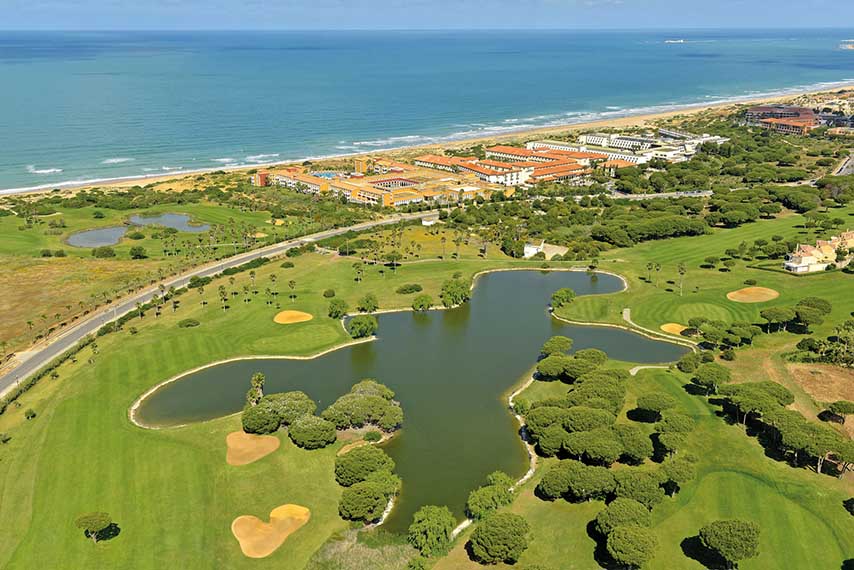
Flagship Club
"Our club," says Royal Iberostar Novo Sancti Petri Golf Club director Rafael Hernández, “is without a doubt the benchmark in this tourist destination. It was not only the first golf course, but also a key part of the resort’s initial development, which was conceived with the aim of trying to put an end to the seasonal nature of tourism based on sun and beach by offering golf as an alternative.”
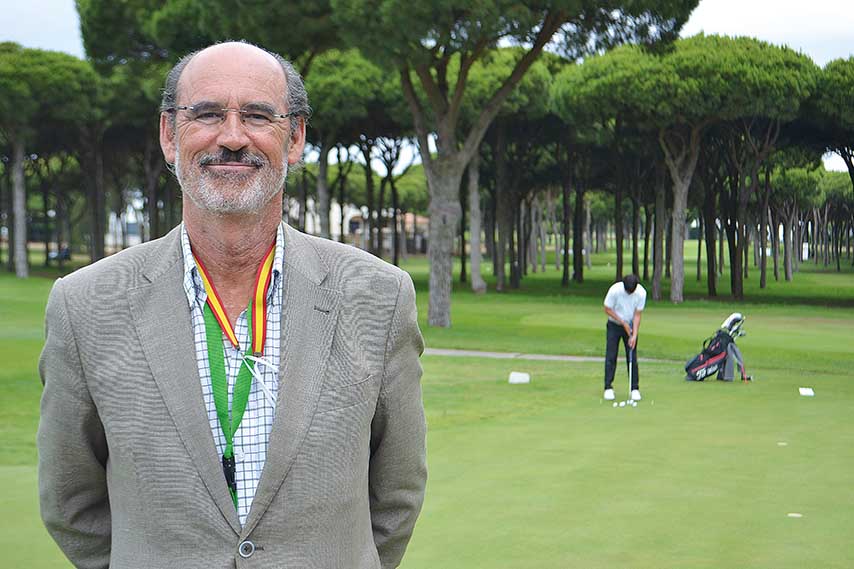
When referring to the golf club’s most notable aspects, Hernández does not hesitate to point out, “The first thing, as Mr. Nicklaus would say, is its location. We are in a privileged natural enclave, next to the famous La Barrosa beach, where biodiversity and the environment have been magnificently respected. We have two superb 18-hole designs, Campo Mar y Pinos and Campo Centro – absolutely different and both designed by Severiano Ballesteros. One is a 6x3, that is, with the same number of par-threes, fours and fives; and the other is a classic par-72.”
To emphasise the club’s quality, Hernández notes, “La Moraleja, Royal Valderrama and Royal Novo Sancti Petri were the three options for the 1997 Ryder Cup, which was eventually played at Valderrama. By this I mean that for top-level golf, for great players, it is a challenge, but at the same time it is perfectly adaptable for players of any handicap to enjoy – including, of course, beginners. And this is especially thanks to Seve's magnificent design."
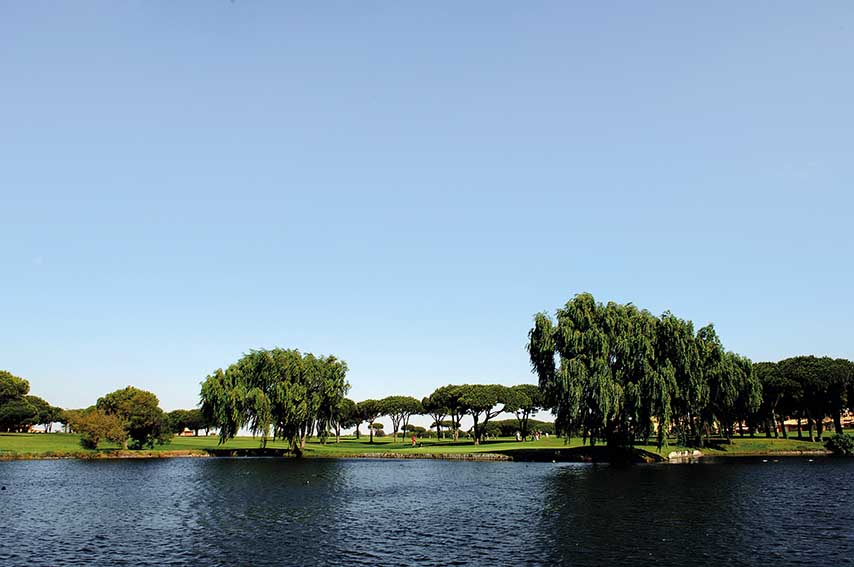
.
30th Anniversary
To celebrate the 30th anniversary of Novo Sancto Petri’s international tourism origins, Chiclana de la Frontera Town Hall organised and promoted a series of special events. These included the Challenge de Cádiz and Challenge de Spain, both tournaments on the European Challenge Tour and held at Royal Iberostar Novo Sancti Petri Golf Club. Hernández says he is confident that, with the support of public and private initiatives, the destination will once again host these competitions in 2022 and will consolidate itself as a permanent setting on the European Challenge Tour calendar.
"These events are very important, and more so at this time, to convey to national and international clients the destination’s image of security, freedom and sustainability."
 WEB.jpg)
Due to the fact that last year, because of the pandemic situation, the club could not celebrate its 30th anniversary as it would have liked to, this year it is planning several activities including major golf and croquet competitions (the club has top-class facilities for croquet, as well as tennis and pádel tennis, with 17 courts in total), and social events such as a gala dinner for all club members.
Sustainability
Hernández is also keen to highlight the importance that Iberostar attaches to sustainable tourism. “The ‘Wave of Change’ strategy is implemented in all business units of the Iberostar Group, both in the hotels and on our golf courses. We understand that respect for nature, the sea (our hotels are on the edge of the sea), sustainable fishing, coral reefs and zero plastics – in short, sustainability – is something that we carry in our DNA, and they are not just hollow words. It is an active company strategy, which we have developed because we understand that we must give back to nature what nature gives us.”



